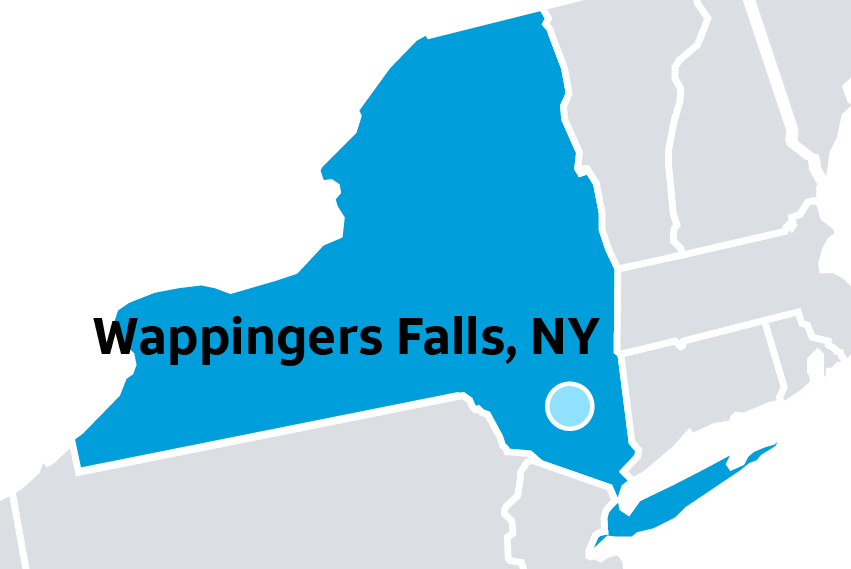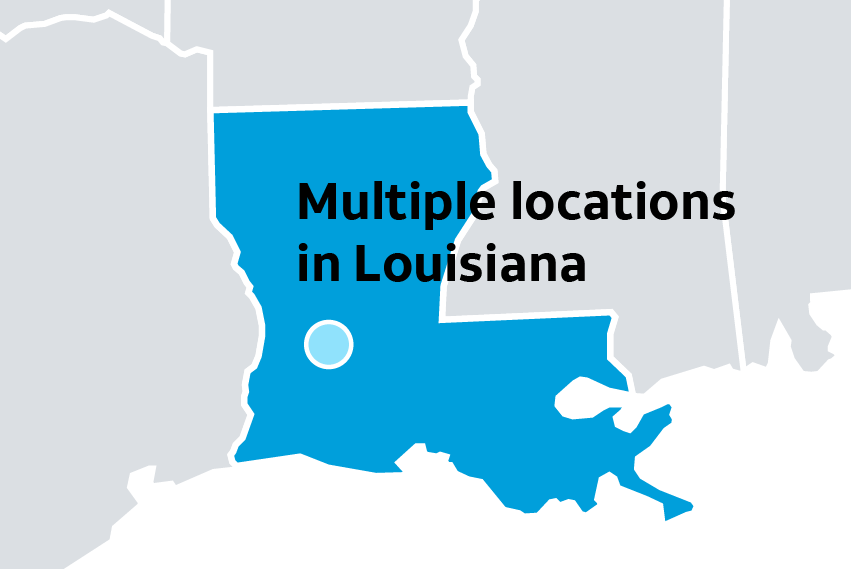The telecom industry began using lead back in the 1880s as a protective covering. At the time, lead was understood to be the most reliable material to protect and insulate the interior copper wires providing the critical communications infrastructure the public relied on.
Generally, the U.S. telecom industry began to phase out placement of new lead-clad telecom cables in the 1950s, after developing a new type of sheathing to protect the interior copper wires. But lead-clad cables were foundational to the growth of telephone networks, setting the stage for today’s communications infrastructure. In many cases, these cables are still in use today to provide vital communications services across the country.
Lead is a naturally occurring element. Not only is it found in the environment, but about 10 billion pounds of lead are mined annually for use in a number of consumer products and industrial processes like fishing gear, ammunition, car batteries, electricity generation and more.
Your Questions Answered
What Others Are Saying
Washington Legal Foundation: Lead-Wrapped Telecom Cables: A Case Study in Media Sensationalism vs. Credible Scientific Review (May 28, 2024)
RealClear Health: The Flawed Research Behind the Wall Street Journal’s Series 'America is Wrapped in Miles of Toxic Lead Cable' (December 6, 2023)
Law360: Test Results Signal Poor Odds for Lead Cables Litigation (October 27, 2023)
For AT&T media inquiries, contact TelecomCables@list.att.com
For all other inquiries, contact TelecomCables@ustelecom.org








